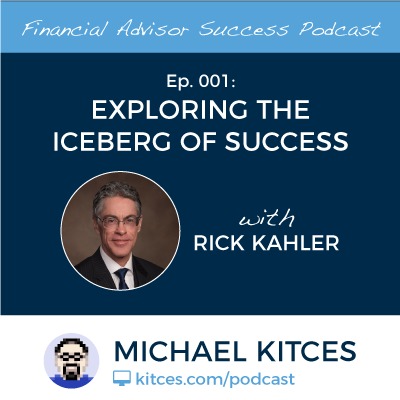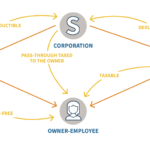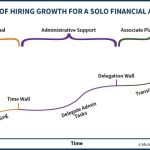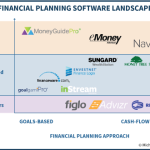
Enjoy the current installment of "weekend reading for financial planners" - this week's edition kicks off with the news that President-Elect Trump has selected Wall Street attorney Jay Clayton to take over as Commissioner of the SEC for Mary Jo White... signaling a potential shift of the SEC's focus away from rulemaking and enforcement, and putting into doubt whether the SEC is likely (or not) to move forward on its own fiduciary rule in the coming years.
Also in the news this week is progress from the Department of Labor to carve out a Financial Institution exemption for IMOs to qualify for the Best Interest Contract and oversee independent annuity agents selling indexed annuities, and a new study from Cerulli finding that despite their tech-savvy inclinations, younger consumers are actually the most likely to be willing to pay for financial advice (but still necessitating a different business and service model than the traditional AUM-centric comprehensive-wealth-management approach used for retirees).
From there, we have a number of articles on marketing and business development this week, including: how to make 2017 the year you generate a better "return on effort" by better focusing your marketing activities; the importance of managing your digital first impression to prospects who check you out online; the core information than any/every financial advisor website must convey to prospects (but most don't); how a "Now" page on your website can help humanize you and make a better connection to prospects; a study that found the fastest-growing RIAs really are more likely to effectively check the boxes on digital marketing strategies; and a look at how many advisors may be self-sabotaging by separating "business and friendship" when in reality they should focus on conveying their passion and let friends and colleagues who want help come to them and work together.
We wrap up with three interesting articles: the first is a call from Don Trone of 3Ethos to the CFP Board to stop holding out as a fiduciary champion when the CFP Board's practice standards still allow many CFP certificants to avoid a fiduciary duty, and the organization's opaque governance and limitations on its own accountability make it look hypocritical in calling for higher standards for advisors; the second is a look at how the world of mutual funds also faces an odd double-standard, where 401(k) plan administrators can be sued for using high-cost mutual funds that they don't even profit from, but the mutual fund companies themselves face no accountability for trying to sell those high-cost funds in the first place; and the last is a fascinating look from the Wall Street Journal at the evolution of the 401(k) plan, and how even its original creators are not happy with how the 401(k) plan has largely replaced the defined contribution pension plans it was originally supposed to just supplement.
And for those who may be interested, at the end you can check out what I've done to implement my own New Year's Resolution to get healthier in 2017 – by supplementing my existing standing desk with a new under-desk treadmill. In fact, all the background articles for this week's Weekend Reading were curated for you as I walked (in place) for several miles while reading and typing!
Enjoy the "light" reading, and I hope you had a safe and happy New Year!



 Welcome to the inaugural episode of the Financial Advisor Success Podcast!
Welcome to the inaugural episode of the Financial Advisor Success Podcast!




